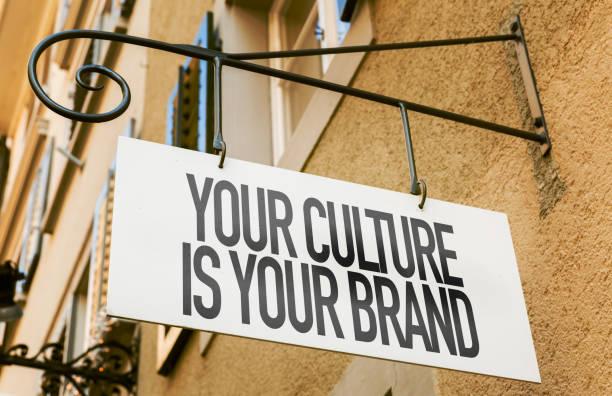YOUR CULTURE IS YOUR BRAND-What role does Shintoism play in shaping Japanese festivals and traditional ceremonies? By Hugo Keji

Shintoism, Japan's indigenous religion, plays a central role in shaping Japanese festivals (matsuri) and traditional ceremonies. Rooted in the worship of kami (spirits or deities associated with natural elements, ancestors, and various aspects of life), Shintoism influences the rituals, practices, and values observed in these cultural events.
Here's how Shintoism shapes Japanese festivals and ceremonies:
1. Foundation of Festivals (Matsuri):
- Reverence for Kami: Many Japanese festivals are held to honor specific kami, seeking their blessings for bountiful harvests, protection, and community well-being. Shrines dedicated to these kami serve as focal points for the festivals.
- Seasonal Celebrations: Shintoism's close connection to nature is reflected in festivals that align with seasonal changes, such as New Year's (Shogatsu), spring festivals (Haru Matsuri), and autumn harvest festivals (Aki Matsuri). These events celebrate the cycles of nature, agricultural practices, and the changing seasons.
2. Rituals and Ceremonies:
- Purification Rituals (Misogi and Harai): Shinto ceremonies often begin with purification rituals to cleanse participants and the environment of impurities. This can involve washing hands and mouth at a shrine's temizuya (water basin) or the more elaborate misogi, a ritual of purification involving water.
- Offerings (Shinsen): Offerings of food, sake, and symbolic items are made to the kami during festivals and ceremonies. These offerings express gratitude and seek the favor of the spirits.
- Processions (Mikoshi and Omikoshi): During many festivals, portable shrines (mikoshi) are carried through the streets in a lively procession. This ritual is believed to transfer the spirit of the kami to the local community, bringing blessings and protection to the people.
3. Community and Social Cohesion:
- Participation and Unity: Festivals and ceremonies provide opportunities for communities to come together and participate in shared rituals. This fosters social cohesion and strengthens the bonds between people and their local kami.
- Involvement of Priests (Kannushi): Shinto priests (kannushi) play a vital role in conducting ceremonies, leading prayers, and performing rituals. Their presence and actions help maintain the connection between the community and the spiritual realm.
AfriPrime App link: FREE to download...
https://www.amazon.com/Africircle-AfriPrime/dp/B0D2M3F2JT
4. Cultural Expressions:
- Dance and Music (Kagura and Taiko): Shinto festivals often feature traditional dance and music performances, such as kagura (sacred dance) and taiko drumming. These performances are offerings to the kami and serve to entertain and please the spirits.
- Traditional Attire (Kimono and Hakama): Participants in festivals and ceremonies frequently wear traditional attire, such as kimonos and hakamas, to honor the occasion and maintain a connection to cultural heritage.
5. Symbolism and Decoration:
- Shrine Decorations: Shinto shrines are adorned with symbolic decorations during festivals, including shimenawa (sacred ropes), torii gates, and ema (wooden prayer tablets). These decorations have spiritual significance and serve as a means of communication with the kami.
- Nature and the Sacred: Shintoism's reverence for nature is reflected in the use of natural elements like sacred trees, rocks, and rivers in festivals and ceremonies. These natural features are often believed to be the dwelling places of kami.
6. Life Cycle Ceremonies:
- Rites of Passage: Shinto ceremonies mark important life events, such as births (Miyamairi), coming of age (Seijin Shiki), and weddings. These ceremonies often involve prayers for the individual's health, happiness, and protection by the kami.
- Seasonal Rituals: Ceremonies like Hatsumode (the first shrine visit of the New Year) and Setsubun (the ritual of driving away evil spirits before spring) are deeply rooted in Shinto practices and mark important points in the calendar year.
Shintoism profoundly influences Japanese festivals and traditional ceremonies, embedding spiritual significance, cultural values, and communal practices into these events. Through rituals, symbolism, and the veneration of kami, Shintoism ensures that these celebrations maintain their deep connection to Japan's cultural and spiritual heritage.
AfriPrime App link: FREE to download...
- Questions and Answers
- Opinion
- Motivational and Inspiring Story
- Technology
- Live and Let live
- Focus
- Geopolitics
- Military-Arms/Equipment
- Security
- Economy
- Beasts of Nations
- Machine Tools-The “Mother Industry”
- Art
- Causes
- Crafts
- Dance
- Drinks
- Film/Movie
- Fitness
- Food
- Games
- Gardening
- Health
- Home
- Literature
- Music
- Networking
- Other
- Party
- Religion
- Shopping
- Sports
- Theater
- Health and Wellness
- News
- Culture

